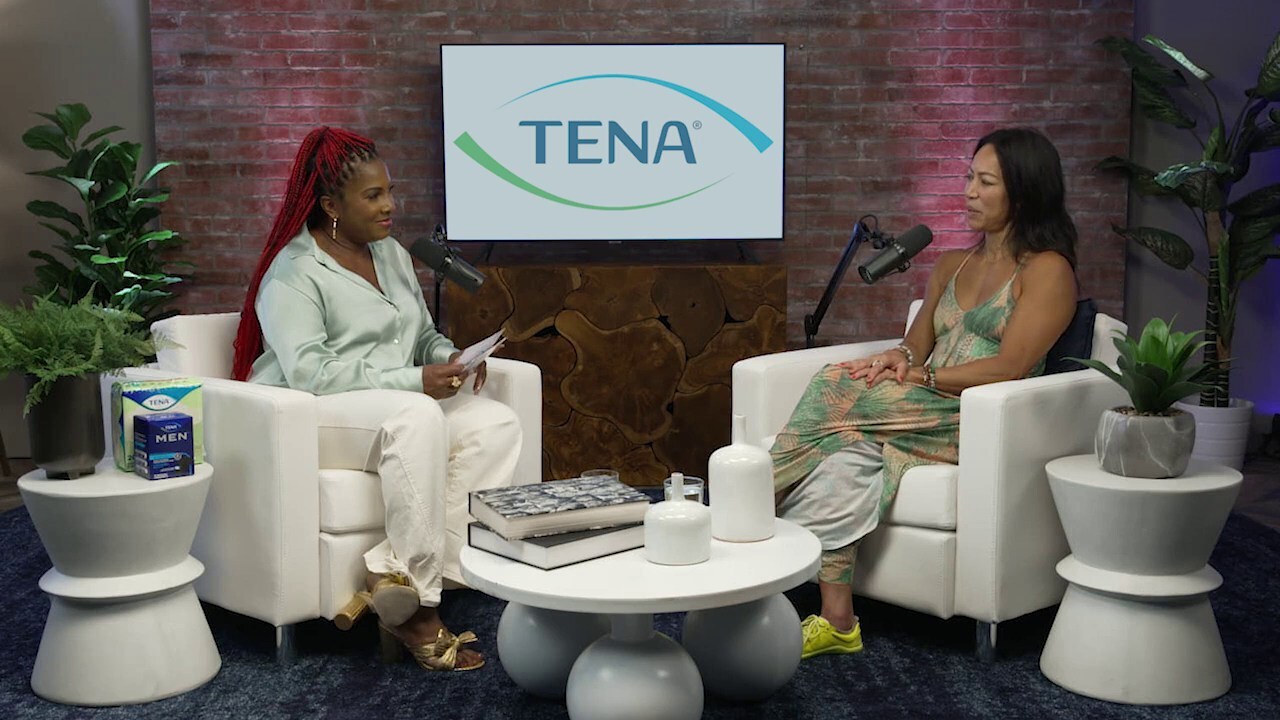
At ages 57 and 52, Leo* and Siobahn would like to semi-retire when they each turn 60, but they will be carrying a significant – something to be avoided at all costs, according to many of the financial planning guides Leo has read. Is this really such a bad thing — especially since their $2.6 million forever B.
C. home has a separate, two-bedroom income-generating suite? “We bought the house six years ago,” said Leo. “It was far more expensive than we ever wanted to spend, but with the monthly rental income of $2,400 we thought we could manage a much higher mortgage.
” They have no desire to downsize and sell once they retire. The mortgage is currently $730,000 at 2.51 per cent for another 18 months.
They’ve been paying it off aggressively, making $4,723 monthly payments, but wonder if they can and should decrease their payments significantly so that their rental income covers the mortgage when they renew. They also wonder if they should apply for the province of B.C.
’s property tax deferment program, which would see the Ministry of Finance pay the property taxes to the municipality until the homeowners sell, at which point that money plus interest must be paid back. Leo started IT consulting after being laid off in the spring and his projected income this year is $100,000 before tax. He also received about $200,000 in company stock, which he’s not sure what to do with.
Siobahn earns $220,000 before tax and she and Leo split the rental income equally. Siobahn also has a defined benefit pension plan that will pay $4,300 a month at age 60 and $5,800 a month at 65. If they do retire at 60, they each plan to continue working part-time until age 65.
In addition to their primary home, Leo and Siobahn are 50 per cent owners of a cabin they estimate is worth $1.1 million. Leo and Siobahn have a mortgage on the property of $326,300 at 5.
47 per cent which is up for renewal in October 2026. They also have a personal line of credit tied to the cabin of $124,000 at 7 per cent. Their total monthly expenses including both mortgages is $12,233.
Leo and Siobahn have an investment portfolio worth $1,571,926. It includes $1,229,018 in , $143,410 in and $29,248 in a locked-in retirement account (LIRA), all invested 80 per cent in equities and 20 per cent in fixed-income; and $199,504 worth of stock from the tech company Leo worked at. The couple recently renewed 10-year term life insurance policies each worth $500,000 and Siobahn also has a work-based policy that will pay 2.
5 times her current salary on her death. “We have two children in their 20s and will want to help them buy their first homes and leave them an inheritance, so we aren’t looking to spend it all before we go,” said Leo. To that end, the couple wants to know how to set themselves up for success.
Should they pay off the personal line of credit by selling Leo’s company stock? What would the be? And what investment growth would they be losing? Or should they move at least some of those funds into his TFSA to maximize contributions? Most importantly: “Will we be able to retire early and enjoy travel with a significant mortgage?” “ is essentially about cash flow meeting your income needs. A retirement income plan for Leo and Siobahn will clearly demonstrate if they can retire with significant debt,” said Eliott Einarson, a retirement planner at Ottawa-based Exponent Investment Management, who recommends they work with their investment adviser to create a comprehensive retirement plan. Right now the couple spend more than a third of their almost $13,000 in monthly expenses to pay down debt.
This includes two mortgages, a line of credit and a car loan. “The more they reduce debt now the less income they’ll need in retirement. The good news is they have the time and room in the budget to set themselves up for success.
” Even without additional contributions, if they let the registered investments grow, not including the TFSA, until Leo turns 65 and all their pension sources kick in, Einarson said they could see these assets grow to about $2 million — enough to cover their expenses until Leo turns 95. Another option: “If debts are reduced, when Siobahn turns 60, she could semi-retire, take her pension, and Leo could start his CPP and OAS, allowing them to defer the registered investments for another five years,” said Einarson. “This would allow the registered assets to grow to more than 2.
5 million dollars, assuming an average three per cent growth over inflation, and could then supplement their other fixed sources of taxable income to provide $13,000 a month after tax over a 30-year retirement. This would use up all capital and growth in the registered accounts, but likely produce excess income that can be re-invested more tax efficiently.” Bottom line: This should be plenty of cash flow for them to enjoy the retirement they envision, adding more travel and keeping their properties — but not with current debt loads, said Einarson, who believes now is the time to be aggressive with debt payments.
Taking advantage of the property tax deferment program at age 55 can help accelerate this goal, as would selling the company stock and using it to pay off the line of credit, he said. “Owning one single stock is particularly risky. They should consider how they would feel if this stock is worth half in a few months?” To help mitigate tax costs, Leo could consider dividing the sale of the stock between calendar years or explore selling all stock in the new year if his taxable income this calendar year is much higher.
When it comes to helping their children buy a first home, he recommends Leo and Siobahn be specific about the amounts and time frame. Then that can be part of the retirement planning conversation. Appropriate accounts can also be used, such as the first home savings account for each adult child, and even the children’s own TFSA room.
The same goes for the inheritance they want to leave. “The plan will illustrate how much they can expect to leave to the children at different time frames and the most tax efficient and lowest risk options to increase this estate value at different times, as desired.”.














